Feeling lightheaded at altitude? These 9 trekking rules could save your life
Planning to trek high-altitude terrain? Your lungs and brain may have other ideas. From mild nausea to life-threatening complications, altitude sickness isn’t just a buzzkill — it’s a real threat.
1/10
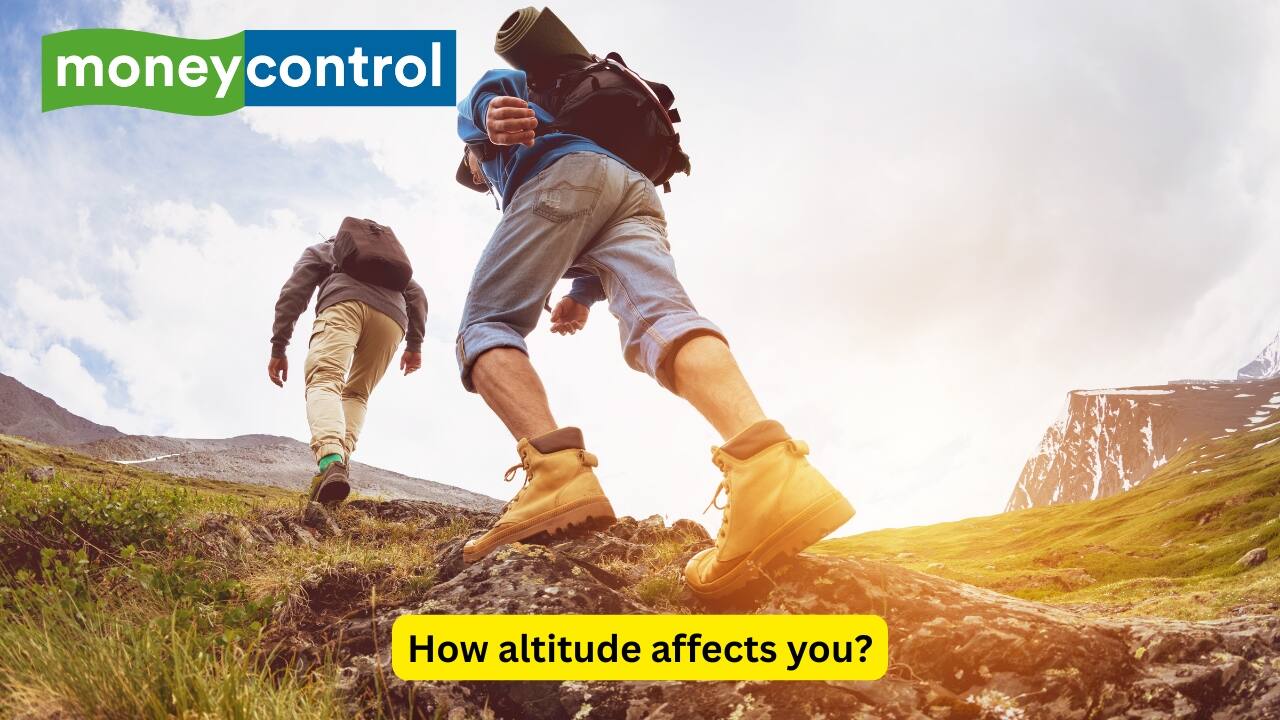
How altitude affects you?
Altitude sickness isn’t just for Everest climbers, even moderate ascents can leave you gasping, nauseous, or worse. But what actually happens to the body when you climb? At higher altitudes, the air thins, meaning less oxygen with every breath. Your body turns on the survival mode — increasing your breathing rate, upping red blood cell production, and working overtime to deliver oxygen to your muscles and brain. (Image: Canva)
Altitude sickness isn’t just for Everest climbers, even moderate ascents can leave you gasping, nauseous, or worse. But what actually happens to the body when you climb? At higher altitudes, the air thins, meaning less oxygen with every breath. Your body turns on the survival mode — increasing your breathing rate, upping red blood cell production, and working overtime to deliver oxygen to your muscles and brain. (Image: Canva)
2/10

Pace yourself slowly
You have been told slow and steady wins the race. It’s true. Your body needs time to adjust to rising heights. Climbing too quickly increases your risk of AMS. Gradual ascent helps your lungs and heart sync to thinner air without protest. (Image: Canva)
You have been told slow and steady wins the race. It’s true. Your body needs time to adjust to rising heights. Climbing too quickly increases your risk of AMS. Gradual ascent helps your lungs and heart sync to thinner air without protest. (Image: Canva)
3/10

Spend a night under the stars
Sleeping at an intermediate altitude before pushing higher helps your body acclimatise. It also adds a bit of romance to your trek — a starry sky, chilly winds, and a step closer to better oxygen regulation. (Image: Canva)
Sleeping at an intermediate altitude before pushing higher helps your body acclimatise. It also adds a bit of romance to your trek — a starry sky, chilly winds, and a step closer to better oxygen regulation. (Image: Canva)
4/10
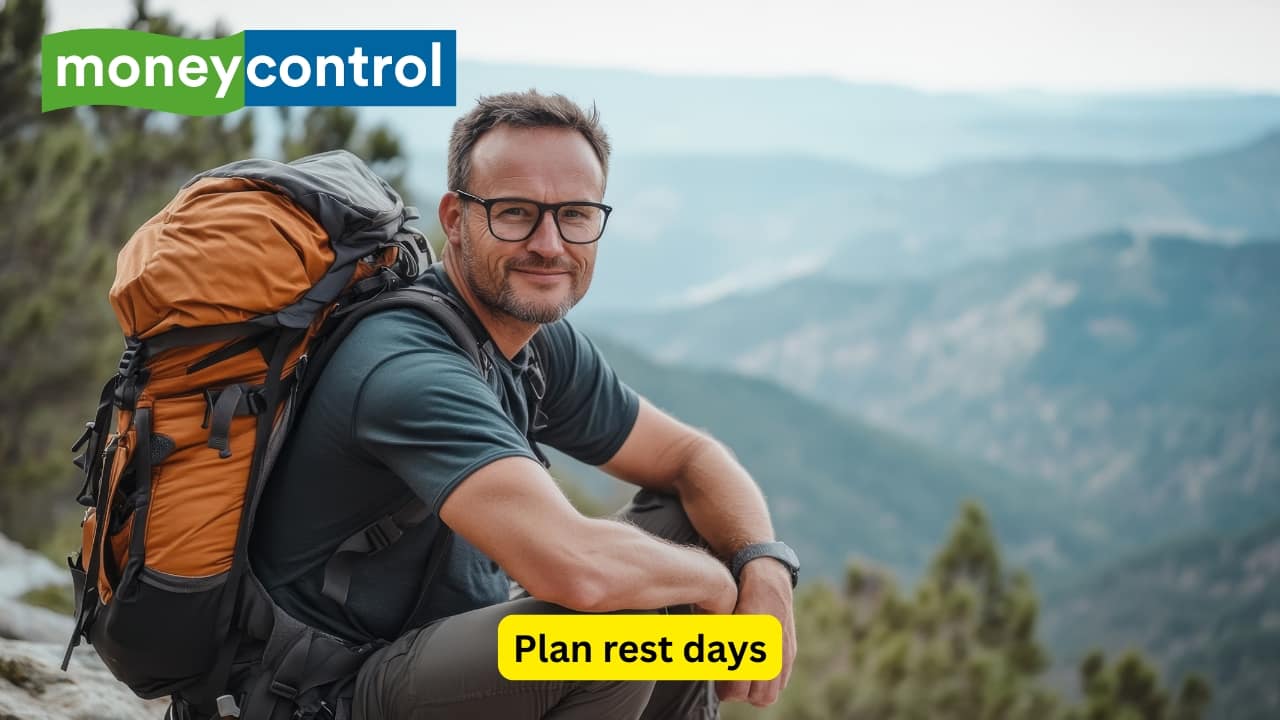
Plan rest days
Don’t treat your trek like a race. Build in days to rest, hydrate, and let your body catch up. It reduces the risk of HAPE and keeps fatigue from sneaking up when you’re miles from help. (Image: Canva)
Don’t treat your trek like a race. Build in days to rest, hydrate, and let your body catch up. It reduces the risk of HAPE and keeps fatigue from sneaking up when you’re miles from help. (Image: Canva)
5/10
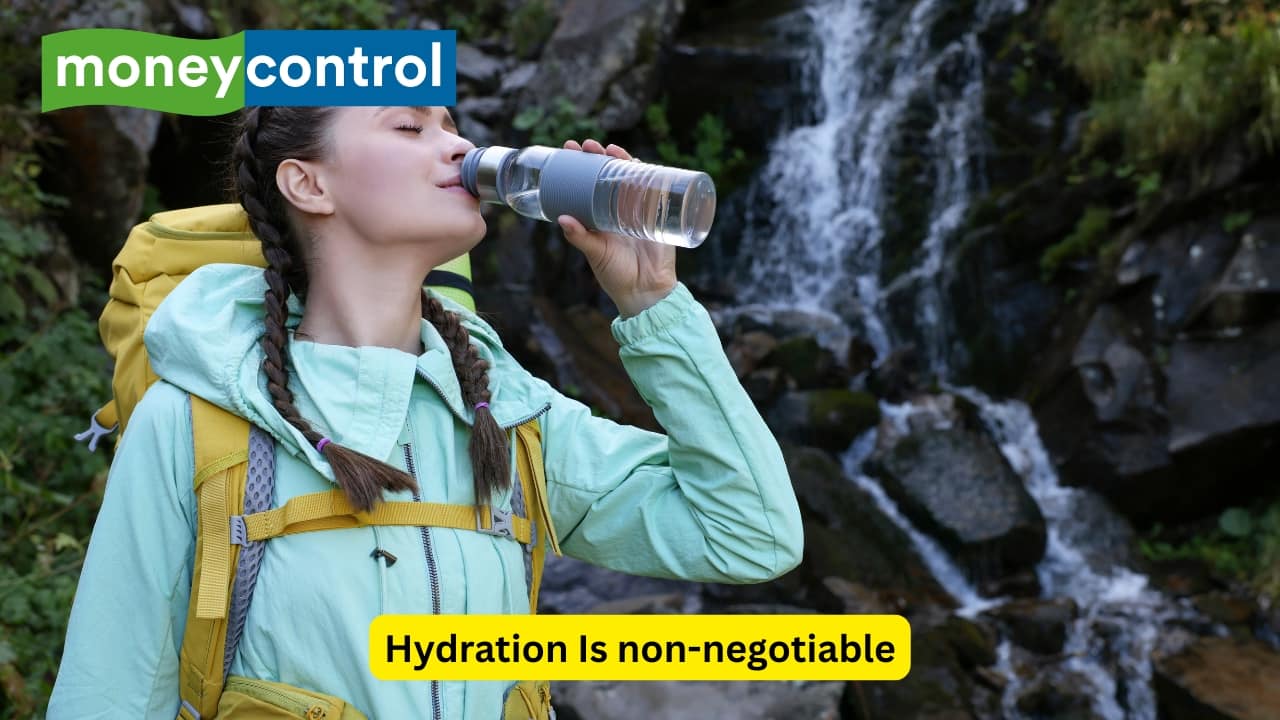
Hydration Is non-negotiable
High altitudes mean rapid fluid loss due to increased breathing and sweating. Drink regularly — not just when thirsty. Keeping your hydration levels up helps maintain circulation and avoid altitude-induced headaches and cramps. (Image: Canva)
High altitudes mean rapid fluid loss due to increased breathing and sweating. Drink regularly — not just when thirsty. Keeping your hydration levels up helps maintain circulation and avoid altitude-induced headaches and cramps. (Image: Canva)
6/10

Recognise the early signs
Mild symptoms like headache, dizziness, or nausea can be your body’s SOS. Don’t push through it. Rest, hydrate, and monitor. Early response can prevent a mild case from spiralling into a medical emergency. (Image: Canva)
Mild symptoms like headache, dizziness, or nausea can be your body’s SOS. Don’t push through it. Rest, hydrate, and monitor. Early response can prevent a mild case from spiralling into a medical emergency. (Image: Canva)
7/10

Skip the steroids
Using glucocorticoids to “enhance” performance is a dangerous shortcut. These drugs may mess with bone health and eye pressure, and can mask worsening symptoms — leading to risky delays in seeking help. (Image: Canva)
Using glucocorticoids to “enhance” performance is a dangerous shortcut. These drugs may mess with bone health and eye pressure, and can mask worsening symptoms — leading to risky delays in seeking help. (Image: Canva)
8/10
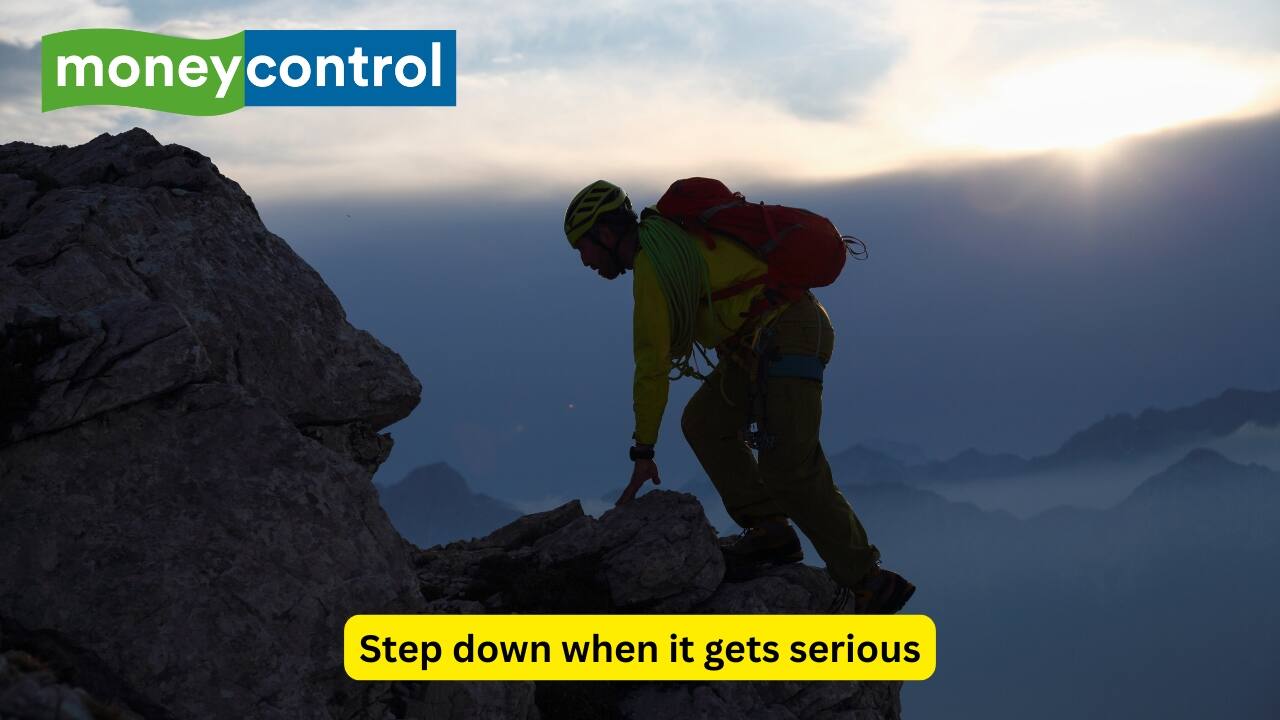
Step down when it gets serious
If symptoms worsen, descend by a few hundred metres — even temporarily. It's often the quickest way to relieve pressure on your system. When in doubt, go down. The mountain will wait. (Image: Canva)
If symptoms worsen, descend by a few hundred metres — even temporarily. It's often the quickest way to relieve pressure on your system. When in doubt, go down. The mountain will wait. (Image: Canva)
9/10

Get company
Trekking solo is tempting, but dangerous if symptoms strike. A friend can spot confusion, fatigue, or erratic behaviour , signs of HACE, far earlier than you might notice yourself. (Image: Canva)
Trekking solo is tempting, but dangerous if symptoms strike. A friend can spot confusion, fatigue, or erratic behaviour , signs of HACE, far earlier than you might notice yourself. (Image: Canva)
10/10
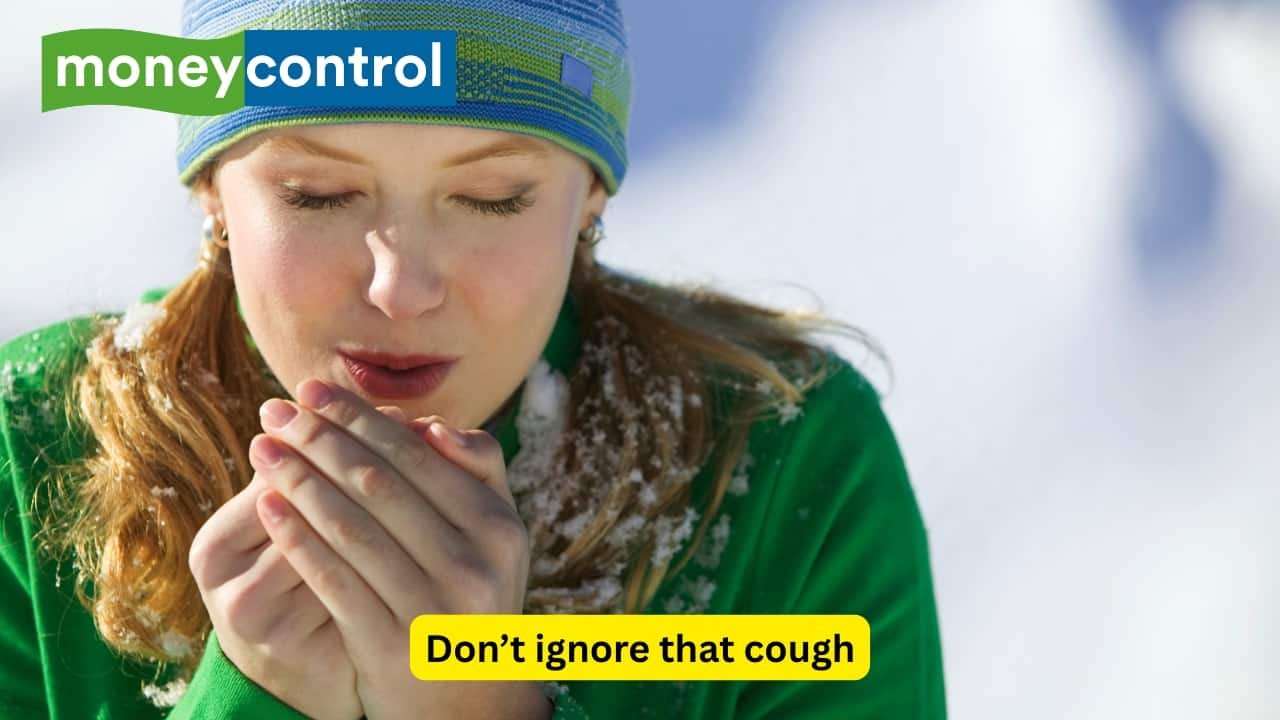
Don’t ignore that cough
A persistent dry cough at altitude could signal HAPE — especially if it worsens or comes with pink froth. Paired with shortness of breath, it’s time to descend and get medical help. (Image: Canva)
A persistent dry cough at altitude could signal HAPE — especially if it worsens or comes with pink froth. Paired with shortness of breath, it’s time to descend and get medical help. (Image: Canva)
Discover the latest Business News, Budget 2025 News, Sensex, and Nifty updates. Obtain Personal Finance insights, tax queries, and expert opinions on Moneycontrol or download the Moneycontrol App to stay updated!





